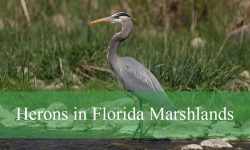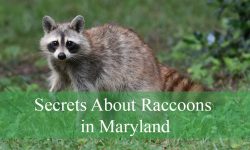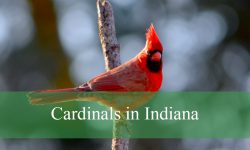Washington State is home to a wide range of insects, many of which play important roles in pollination and ecosystem balance. However, some species are armed with painful stings that can pose risks to people and pets. These insects are not only capable of delivering venom but also defend their nests aggressively when disturbed.
While most stings cause only temporary pain and swelling, some can lead to serious allergic reactions. Recognizing these insects, understanding their behavior, and knowing where they live are key to avoiding unwanted encounters.
This guide covers 12 dangerous stinging insects in Washington State, with detailed descriptions of their appearance, size, behavior, venom, and distribution.
Types of Dangerous Stinging Insects Found in Washington State
Western Yellowjacket (Vespula pensylvanica)
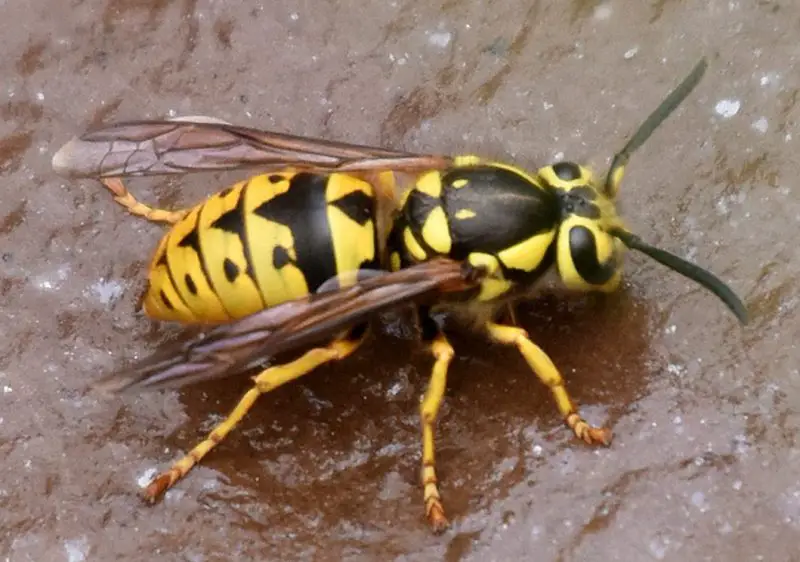
The Western Yellowjacket is one of the most common and aggressive stinging insects in Washington State. It has bold black-and-yellow banding across its abdomen, making it easy to confuse with honey bees, although its body is shinier and less hairy. Adult workers usually measure about ½ inch long, while queens are noticeably larger. Their compact, wasp-like bodies and rapid, direct flight patterns make them distinctive in summer months.
These yellowjackets are highly social and live in colonies that can grow to thousands of individuals. Their nests are often hidden underground, inside wall voids, or beneath logs. When disturbed, the entire colony may respond defensively, and because yellowjackets can sting repeatedly, they pose a serious risk to humans and pets.
Their venom is composed of proteins that cause sharp burning pain, swelling, and in some cases systemic allergic reactions. People with severe allergies may experience anaphylaxis, making this insect one of the most medically significant stingers in Washington. Even those without allergies often find multiple stings extremely painful and long-lasting.
In Washington State, Western Yellowjackets thrive in both urban and rural areas. They are frequently encountered in backyards, campgrounds, and parks, especially around food and garbage. Late summer and early fall are peak times for human encounters, as natural food sources diminish and they turn to scavenging.
Bald-Faced Hornet (Dolichovespula maculata)
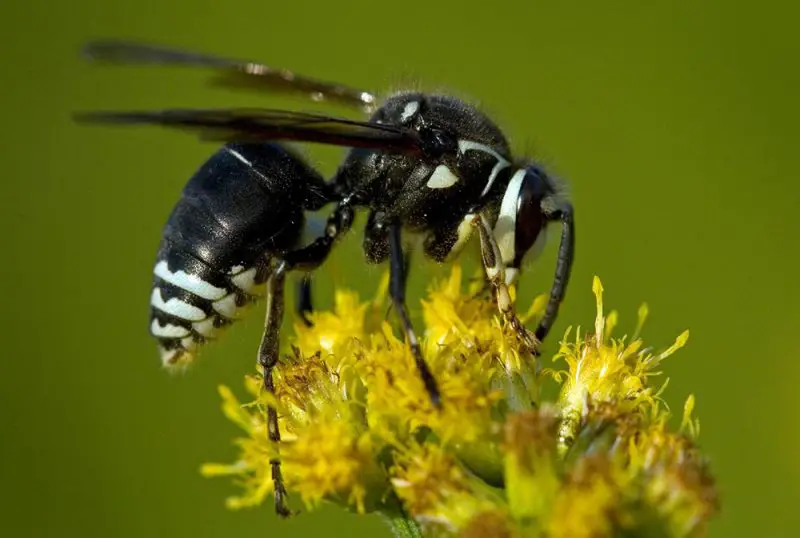
The Bald-Faced Hornet is another dangerous stinging insect found throughout Washington. Despite its name, it is not a true hornet but rather a large species of yellowjacket. Its appearance is striking: a black body with bold white markings on the face and thorax, and a length of about ¾ inch, making it larger than most yellowjackets. Its long legs dangle in flight, giving it a distinctive silhouette.
Bald-Faced Hornets are known for their impressive gray, paper-like nests, which can grow to the size of a basketball. These nests are typically suspended from tree branches, shrubs, or building eaves. Colonies can contain hundreds of workers, all of which will defend the nest aggressively if disturbed.
Their sting is very painful and delivers venom containing acetylcholine, histamine, and other compounds that amplify pain and swelling. Unlike honey bees, Bald-Faced Hornets can sting repeatedly, and multiple stings can overwhelm even those without allergies. Allergic individuals are at risk of severe, life-threatening reactions.
In Washington, they are widespread in forests, suburban neighborhoods, and rural areas. They are most active during late summer, when colonies reach maximum size. People often encounter them while hiking, gardening, or working outdoors near shrubs and trees.
European Hornet (Vespa crabro)
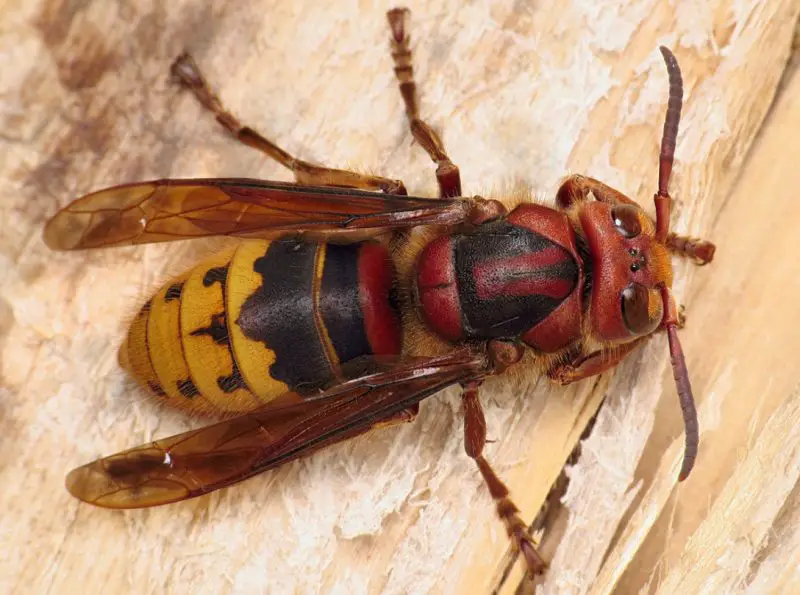
The European Hornet is a non-native species that has been recorded in Washington, though it is less common than yellowjackets and bald-faced hornets. It is the largest social wasp in the state, reaching up to 1.5 inches in length. Its reddish-brown thorax, yellow abdomen with dark markings, and reddish wings help distinguish it from native species.
These hornets build large paper nests, often in hollow trees, wall cavities, or barns. Colonies can be aggressive when threatened, and their size alone makes them intimidating. Unlike smaller wasps, European Hornets are active both day and night, sometimes being drawn to porch lights and windows.
Their sting is extremely painful due to the amount of venom injected. The venom contains histamines and kinins that cause immediate swelling and burning sensations. Multiple stings are dangerous and can be medically significant, particularly for allergic individuals. Though they do not sting without reason, their defense of nests is fierce.
Within Washington, European Hornets are rare but can be encountered in wooded areas, rural homesteads, or near orchards. Because they feed on other insects as well as sap, they may also be spotted on trees. While sightings are not frequent, their presence adds to the list of potentially harmful stinging insects in the state.
Paper Wasps (Polistes spp.)
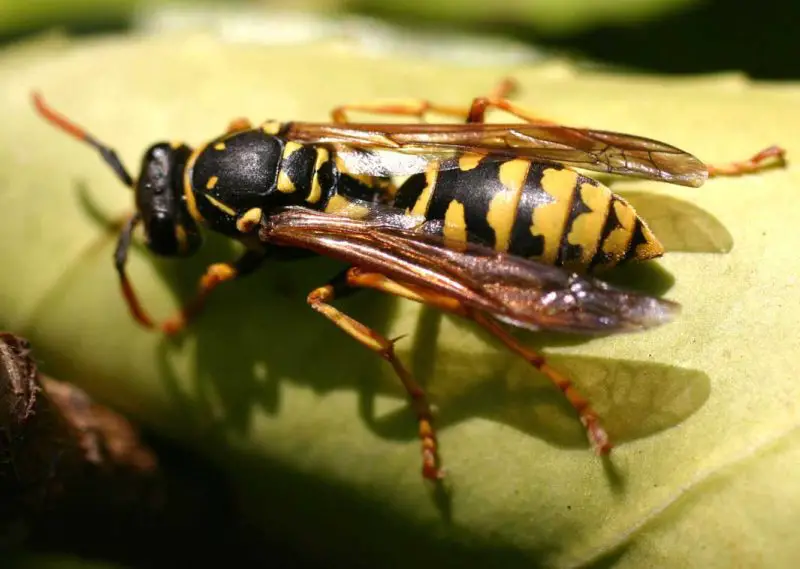
Paper Wasps are slender-bodied insects with long dangling legs and narrow waists, easily recognizable when compared to bulkier yellowjackets. Their coloration varies from reddish-brown with yellow markings to dark brown with orange hues. Adults measure around ¾ inch long, with queens being slightly larger.
They build distinctive umbrella-shaped nests with exposed cells, often found under eaves, porch ceilings, and shed rafters. Colonies are smaller than those of yellowjackets or hornets, usually numbering less than 200 individuals. Despite this, they defend their nests vigorously when disturbed.
The sting of a Paper Wasp is painful but usually less severe than that of yellowjackets or hornets. Their venom contains a mix of toxins that cause localized pain and swelling. Multiple stings can be serious, especially for allergic individuals, though single stings are rarely life-threatening.
In Washington State, Paper Wasps are widespread in urban and rural settings. They are especially common around human structures, which provide nesting sites. They also play a beneficial role in gardens by preying on caterpillars and other pest insects.
Honey Bees (Apis mellifera)
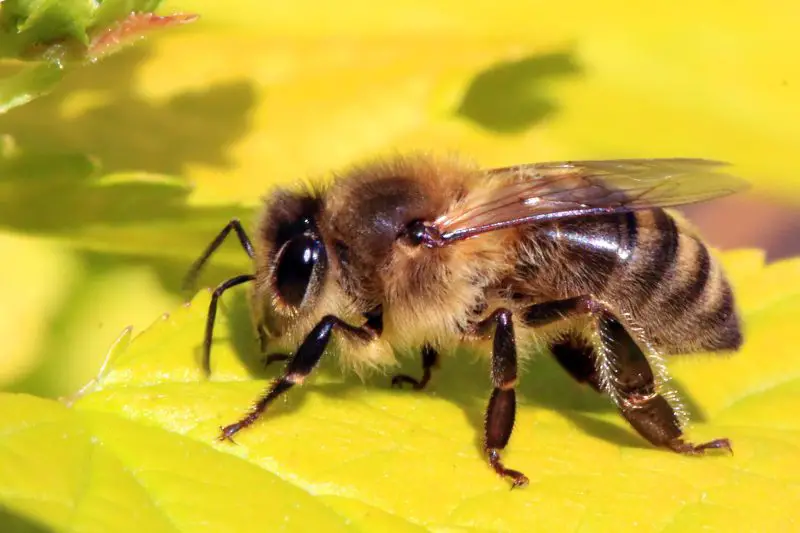
Honey Bees are fuzzy, golden-brown insects with black banding across the abdomen. Workers typically measure about ½ inch in length, while queens can reach over ¾ inch. Their hairy bodies make them easy to distinguish from yellowjackets and hornets.
These bees live in large colonies of tens of thousands, usually in managed hives, hollow trees, or wall cavities. They are not naturally aggressive but will defend their hive if threatened. Unlike wasps, honey bees have barbed stingers that remain embedded in the skin, tearing away from the bee’s body and causing its death after stinging.
Their venom contains melittin and phospholipase, which cause sharp pain, redness, and swelling. A single sting is usually manageable for most people, but allergic individuals can suffer anaphylaxis, requiring immediate medical attention. Multiple stings can also pose risks due to the cumulative venom dose.
In Washington, Honey Bees are widespread in both agricultural and residential areas. They are essential pollinators for many crops, including apples, cherries, and blueberries. Encounters usually occur near hives, gardens, and orchards during spring and summer.
Bumble Bees (Bombus spp.)
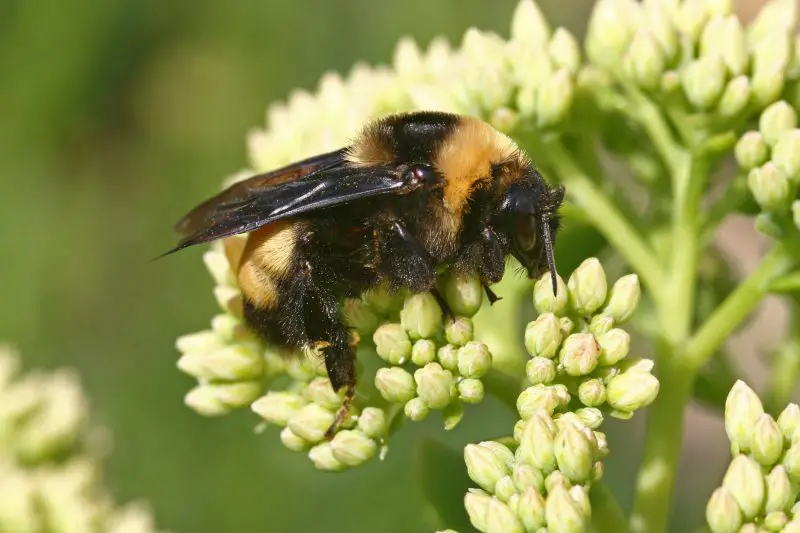
Bumble Bees are large, fuzzy insects with rounded bodies covered in dense hairs, which help them collect pollen. Their coloration varies, but most have distinctive black and yellow banding, with some species showing orange or white patches. Workers typically measure ½ to 1 inch in length, while queens are significantly larger. Their slow, buzzing flight makes them easy to identify compared to wasps.
They live in small colonies, usually numbering a few hundred individuals. Unlike honey bees, bumble bee nests are not permanent and are often located in abandoned rodent burrows, grassy areas, or under piles of leaves. Colonies are seasonal, dying out in fall except for new queens, which overwinter underground.
Bumble Bees are generally docile and sting only when directly threatened. Their stingers are not barbed, meaning they can sting multiple times if provoked. Their venom causes localized pain, swelling, and redness. While their sting is not as aggressive as that of yellowjackets, it can still trigger severe allergic reactions in sensitive individuals.
In Washington State, bumble bees are found in forests, meadows, gardens, and agricultural areas. They are particularly important as pollinators of native plants and crops, especially in cooler regions where honey bees are less active. Encounters are most common in spring and summer when flowers are abundant.
Velvet Ants (Mutillidae)

Velvet Ants are actually wingless wasps, not true ants. They are brightly colored, often in striking red, orange, or black, with dense, velvety hairs covering their bodies. Females lack wings, while males have wings and can fly. Their hard exoskeleton makes them difficult to crush, and their unique appearance is a warning of their powerful sting.
These wasps are solitary and do not build communal nests. Instead, females invade the nests of ground-nesting bees or wasps and lay their eggs inside. Their larvae then consume the host larvae. Because they do not form colonies, encounters are usually limited to solitary individuals wandering across sandy or grassy areas.
The sting of a Velvet Ant is extremely painful, earning some species the nickname “cow killers.” While the sting is not deadly to livestock, it is considered one of the most painful insect stings in North America. The venom contains potent compounds that cause intense burning pain lasting several minutes.
In Washington, Velvet Ants are rare but can occasionally be found in dry, sandy habitats, open fields, and forest edges. They are most active in the warmest months of summer. Due to their solitary nature, stings are infrequent but memorable.
Ground Bees (various genera)
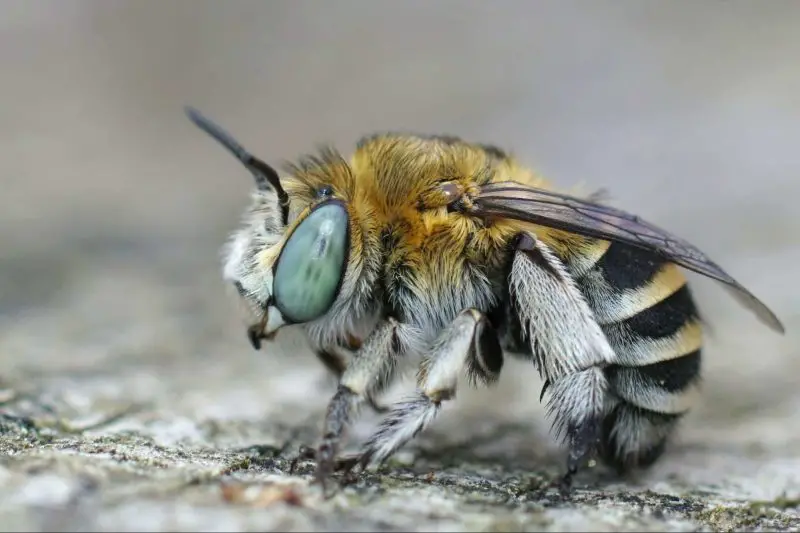
Ground Bees include several species that nest in soil, often creating small mounds or holes. They are typically small to medium-sized, measuring between ⅓ and ½ inch. Their coloration is often brown, black, or metallic with light bands. Unlike yellowjackets, they are more slender and covered with fine hairs.
These bees are solitary, meaning each female builds her own nest rather than forming large colonies. They prefer sandy or loose soil in sunny locations, such as lawns, fields, and garden beds. Nests may appear in clusters when multiple females choose the same area, but each burrow is independently managed.
Ground Bees are generally non-aggressive and rarely sting unless handled or stepped on. Their sting is mild compared to that of wasps or hornets, but allergic individuals can still have strong reactions. Because they are not defensive, they are not usually considered a serious threat.
In Washington State, Ground Bees are found in suburban yards, open meadows, and farmland. They are active in spring and early summer when flowers are abundant. They also play an important ecological role as pollinators of native wildflowers.
Mining Bees (Andrena spp.)
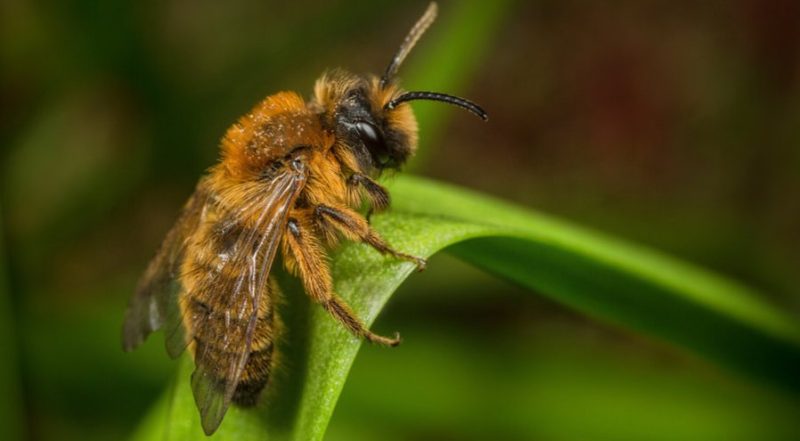
Mining Bees are a large group of solitary ground-nesting bees, often mistaken for honey bees due to their size and coloration. They are generally ⅓ to ½ inch long with brown, black, or metallic bodies and dense hair for pollen collection. Their legs are often hairy, aiding in pollen transport.
As their name suggests, they excavate tunnels in sandy or loose soil, where each female builds her own burrow. Their nests consist of small chambers where they store pollen and nectar for their developing larvae. Nests often appear in clusters, but each bee operates independently.
Mining Bees rarely sting and are considered harmless to people. Their stingers are weak and usually do not penetrate human skin unless pressed against it. However, like other bees, allergic individuals can react severely if stung. Their venom is mild and not comparable in intensity to that of wasps.
In Washington, Mining Bees are common in spring and early summer, especially in gardens, fields, and forest edges. They are excellent pollinators of fruit trees, blueberries, and other early-blooming plants, making them an important part of the state’s ecosystem.
Digger Wasps (Sphex spp.)
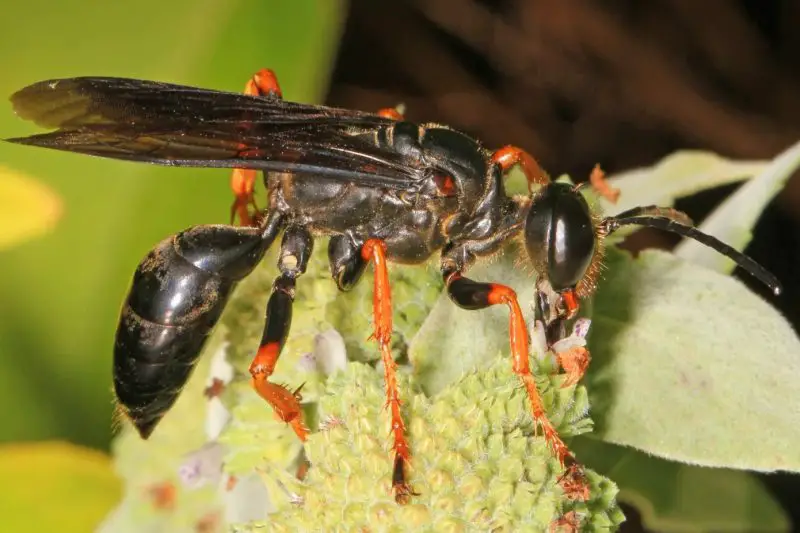
Digger Wasps are solitary wasps known for their sleek black or metallic-blue bodies and long, slender shapes. Some species measure up to 1.5 inches in length, making them among the larger solitary wasps in Washington. Their folded wings and fast, darting flight distinguish them from bees.
Females dig burrows in sandy or loose soil, where they provision underground chambers with paralyzed insects such as crickets or grasshoppers. The larvae feed on the immobilized prey, while adults consume nectar from flowers. Nests are often scattered and not colonial.
Their sting is used primarily to paralyze prey rather than defend themselves. While they can sting humans, they rarely do so unless handled. When stings occur, they are painful but short-lived, with venom designed for insect prey rather than mammals.
In Washington, Digger Wasps are commonly found in meadows, gardens, and sandy soils, especially during summer. They are solitary hunters, so human encounters are usually brief and non-threatening.
Cicada Killers (Sphecius spp.)
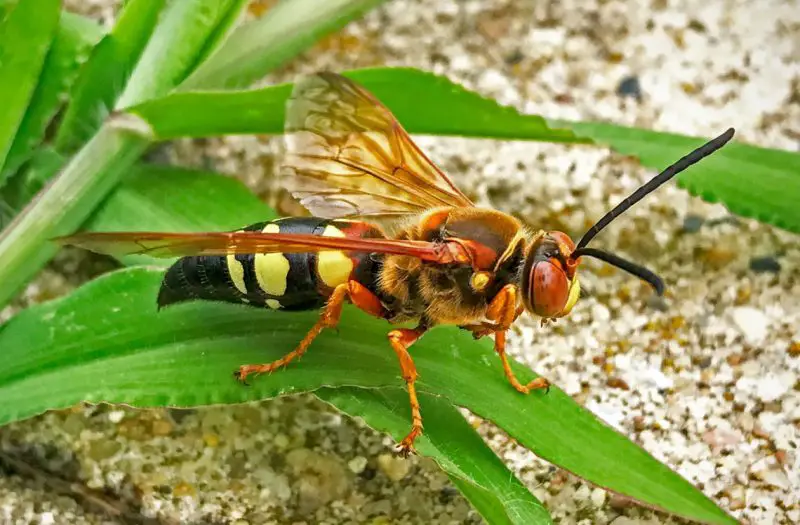
Cicada Killers are among the largest wasps in Washington, with adults reaching up to 2 inches long. They have reddish-brown thoraxes, yellow-and-black banded abdomens, and transparent wings. Despite their intimidating size, they are generally non-aggressive toward humans.
These solitary wasps dig long burrows in sandy soil, often in open areas such as lawns, pathways, or forest edges. Females hunt cicadas, sting them to paralyze them, and drag them into underground chambers to feed their larvae. Males patrol nesting sites but cannot sting.
The sting of a Cicada Killer is painful but rarely used against people. Their venom is designed to immobilize cicadas rather than defend against mammals. Still, being stung can be shocking due to the wasp’s size and the volume of venom.
In Washington, Cicada Killers are found in dry, sandy environments, particularly in eastern parts of the state. They are most active in midsummer when cicadas emerge in large numbers.
Sweat Bees (Halictidae family)
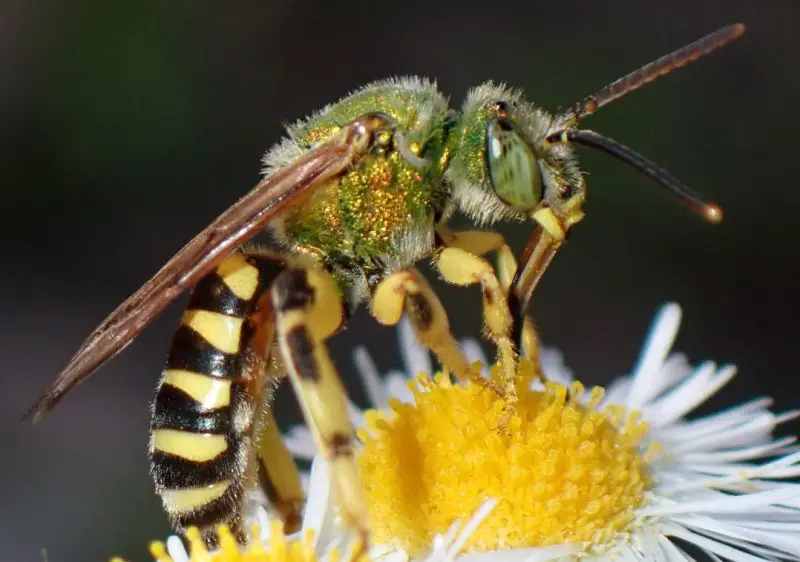
Sweat Bees are small, metallic-colored bees, often green, blue, or bronze. They range from ¼ to ½ inch long and are one of the most diverse bee groups in Washington. Their shiny, iridescent appearance makes them easy to distinguish from honey bees.
Many species nest in the ground, while others nest in rotting wood or plant stems. Some Sweat Bees are solitary, while others form small communal groups. They are attracted to human sweat, from which they obtain salt and moisture.
Sweat Bees are generally harmless but can sting if trapped against the skin. Their sting is mild compared to yellowjackets or hornets, usually causing only brief pain and minor swelling. However, allergic individuals may experience stronger reactions.
In Washington State, Sweat Bees are widespread in gardens, fields, and forests. They are active from spring through fall and play a vital role as pollinators of wildflowers and crops. Encounters often occur while working outdoors, especially in warm weather.
Best Time and Places to Spot Stinging Insects in Washington
The peak season for stinging insects in Washington is late spring through early fall. During this time, colonies of yellowjackets, hornets, and paper wasps are most active and reach their largest populations. Honey bees and bumble bees are active throughout the flowering season, while solitary bees and wasps emerge during the warmest months.
Urban and suburban areas provide abundant nesting sites, especially for yellowjackets, paper wasps, and honey bees. Forests, meadows, and farmlands are also prime locations, offering nesting areas for bumble bees, mining bees, and digger wasps. Sandy soils in eastern Washington are preferred habitats for cicada killers and velvet ants.
Encounters are most common around picnic areas, garbage bins, gardens, and orchards. People should remain cautious near nests and flowering plants, particularly in late summer when insects become more defensive.
FAQs about Dangerous Stinging Insects in Washington State
What stinging insect is most dangerous in Washington?
The Western Yellowjacket is considered the most dangerous due to its aggressive behavior, ability to sting repeatedly, and tendency to live close to humans.
Can stinging insects in Washington cause death?
Yes, in rare cases. While most stings only cause temporary pain, individuals with severe allergies may experience anaphylaxis, which can be fatal without immediate medical care.
Are honey bees in Washington aggressive?
No, honey bees are usually non-aggressive and sting only in defense of their hive. However, once they sting, their barbed stinger delivers venom and causes the bee’s death.
How can I avoid being stung?
Avoid wearing strong perfumes outdoors, keep food covered during picnics, and steer clear of nests. If a stinging insect approaches, remain calm and move away slowly without swatting.
Do all stinging insects live in colonies?
No. Social species like yellowjackets, hornets, and honey bees form large colonies, while solitary species such as mining bees, velvet ants, and digger wasps live independently.

